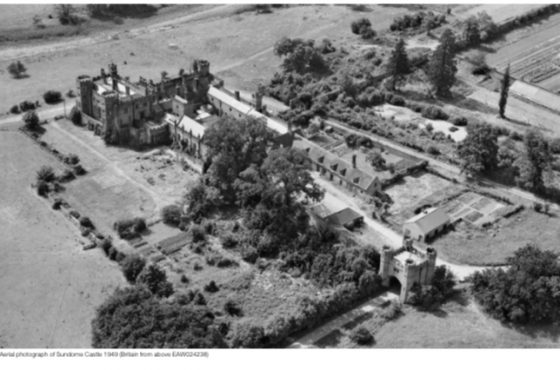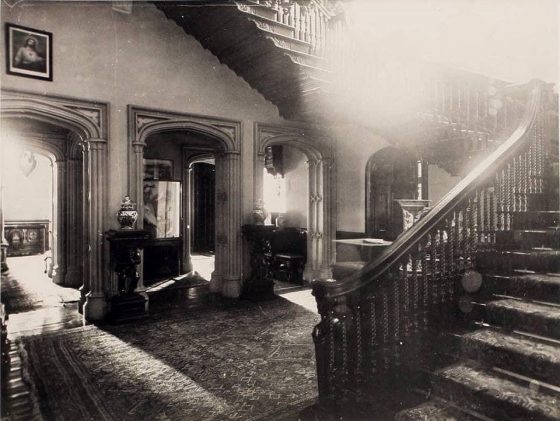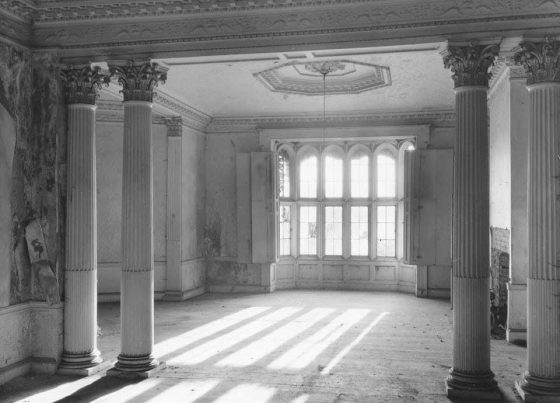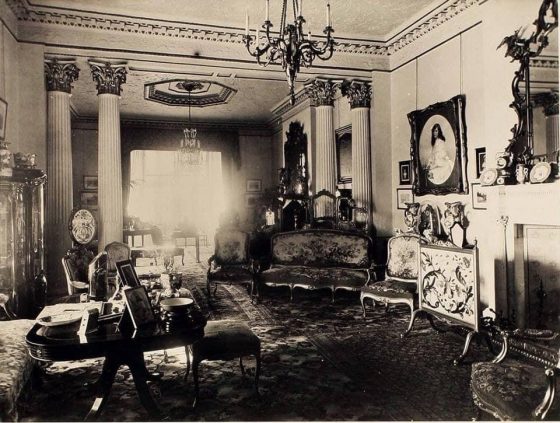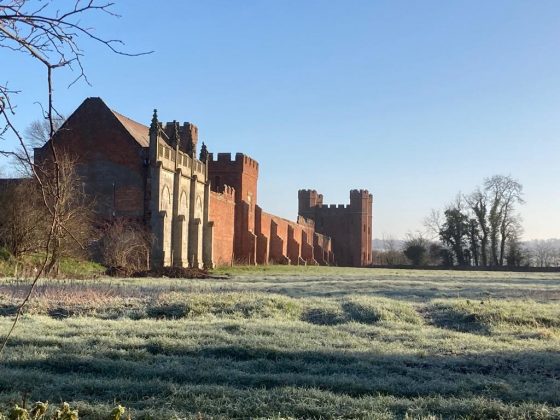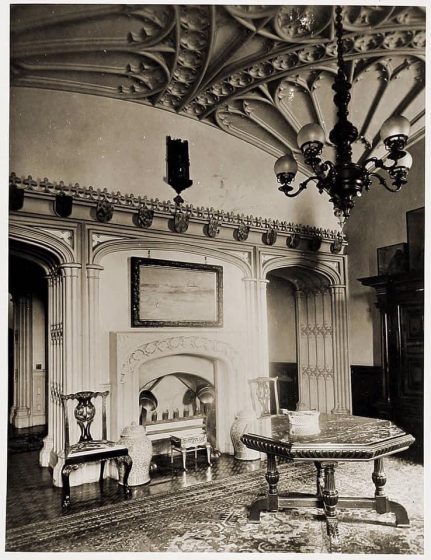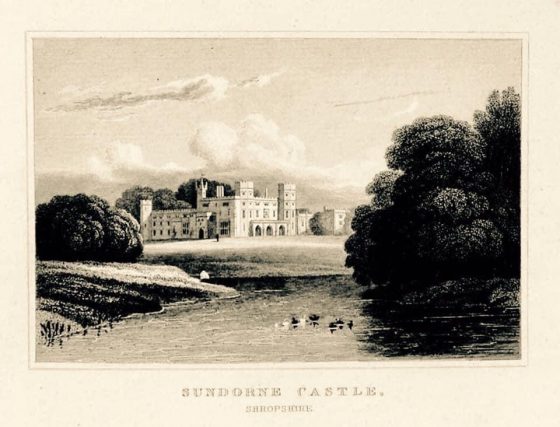Sundorne Castle
Sundorne Castle Estate was established following John Corbet’s inheritance of Haughmond Abbey via his brother Andrew Corbet.
Estate Timeline
1740 – John Corbet (d.1759) of Sundorne Castle; to son
1759 – John Corbet II (d.1817); to son
1817 – Andrew William Corbet (1801 – 56); to brother
1848 – Andrew Corbet succeeded to the estate on the death of his mother.
1856 – Dryden Robert Corbet (1805 – 59); to sister.
1864 – Rev. John Dryden Pigot (d.1865); to son.
1865 – Rev. John Dryden Pigot (later Pigot – Corbet) (1808 – 89); to brother.
1869 – Canon George William Pigot (later Corbet) (1824 – 1906); to son.
1906 – Hugh Dryden Corbet (1873 – 1936); to daughter.
1936 – Mrs I.G. Corbet – Scott (d.1995); to son
1995 – Mr John Richard de Quincey (d.2011); to grandchildren
2011 – Grandchildren.
History of Sundorne Castle
Sundorne Castle Estate’s history can be traced back to 1740. Originally featuring a hall surrounded by gardens and a park, the estate included an extensive spread of agricultural land and village homes from as early as the 17th century.
The main castle building fell into disrepair and had to be demolished in 1955, but the site still includes structures of heritage significance.
The more significant historic buildings that remain are recorded in the National Heritage List for England and include the spectacular screen wall and tower, the chapel, farm buildings and carriage archway.
John Corbet, the owner of the Estate in 1741, decided that year to construct a new residence on a site west of Haughmond Abbey and just a few years later in 1759 when John was succeeded by his son, John Corbet II, the house was rebuilt, along with a lake and folly.
When Sundorne Castle Park was first officially recorded in 1806, it was apparently well established. It incorporated the ruins of Haughmond Abbey and covered a significant area of land lying to the east of Shrewsbury on the banks of the Severn.
The western extent of the estate was formed by a 60-acre artificial lake, called Sundorne Pool. The grounds were partially wooded, and the perimeter of the park was well defined by the five-mile carriage drive created in the late 18th century or very early 19th century.
The original house was Georgian in style but in the early 19th century it was considerably extended and altered in the gothic ‘castellated castle style’. It was this which led to the property being known as Sundorne Castle.
John Corbet II died in 1817 and his wife Anne inherited the Estate. She continued with improvements to the house and grounds, but before her death, in 1848, the family fortunes were in decline. Anne’s successor, her son Andrew, moved out of Sundorne Castle, leaving just two servants to care for the property.
Despite some land being lost, the Estate in 1851 comprised almost 9,000 acres with land at Sundorne, Uffington, Battlefield, Astley and Haughton.
During the early years of the First World War a substantial portion of the Estate, including the castle, were put up for sale but failed to find a buyer and ten years later, in March 1929, Mr and Mrs Hugh Corbet, who had inherited the Estate, announced the engagement of their daughter, Mary Katherine, to Philip Roger de Quincey of Court of Noke, Pembridge, Herefordshire.
A garden party was held in the castle grounds in July 1929 to mark the forthcoming marriage bringing together the Corbet and de Quincey families. Although Sundorne Castle had been closed for some time, it was temporarily reopened for the party, attended by 400 guests.
From 1949 the Castle and Park hosted the premier agricultural show of the year, the Royal Show, – latterly attended by Princess Elizabeth and Prince Philiip. It was held in the grounds of the castle up until 2009.
By the mid-1950s the Castle had fallen further into disrepair and an application to demolish it was granted, leaving only the portions that remain today.
Members of The de Quincey family from the Corbet and de Quincey marriage are still actively involved in the running of what is now a professionally managed rural enterprise, committed to sustainable growth and excellence.
